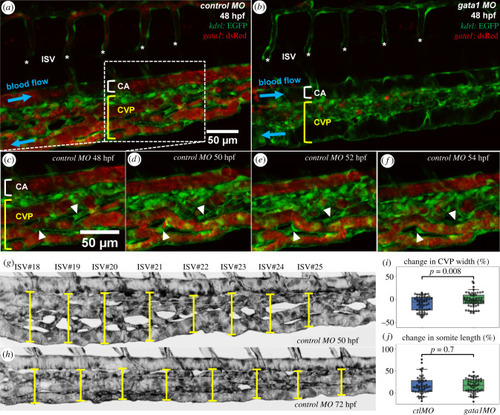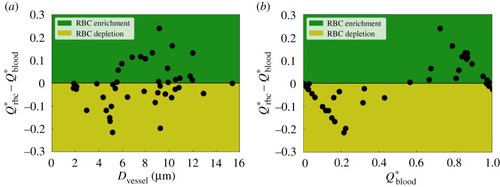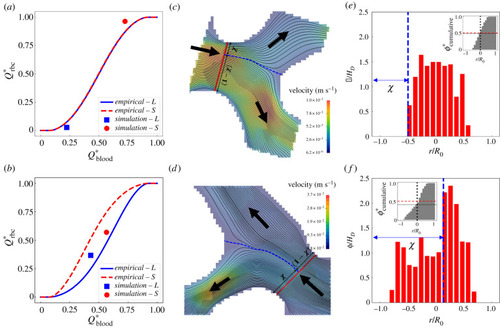- Title
-
Association between erythrocyte dynamics and vessel remodelling in developmental vascular networks
- Authors
- Zhou, Q., Perovic, T., Fechner, I., Edgar, L.T., Hoskins, P.R., Gerhardt, H., Krüger, T., Bernabeu, M.O.
- Source
- Full text @ J. R. Soc. Interface
|
Simulated RBC velocity and cell flux in the primitive vasculature of developing mouse retina. ( |
|
Association between RBC hypoperfusion and vessel regression in the developing retinal network. ( |
|
Time-lapse imaging of RBC perfusion and vascular remodelling in zebrafish caudal vein plexus. ( |
|
Quantification of RBC hypoperfusion in the developing retinal network. |
|
Comparison of simulation data with empirical predictions by the phase separation model [ |
|
Occasional deviation of simulation data from the empirical model [ |






